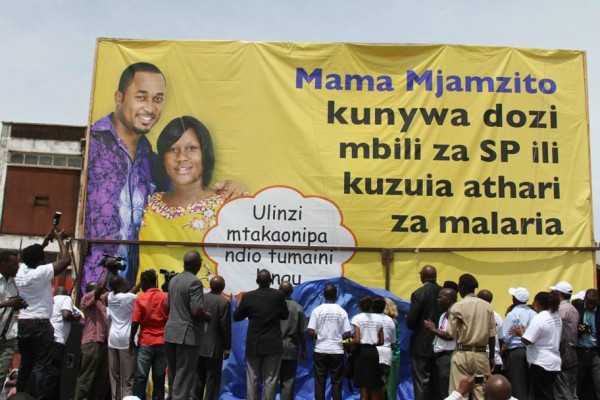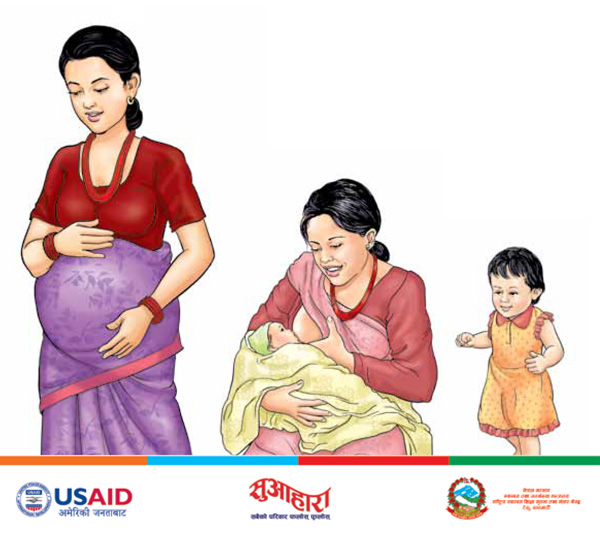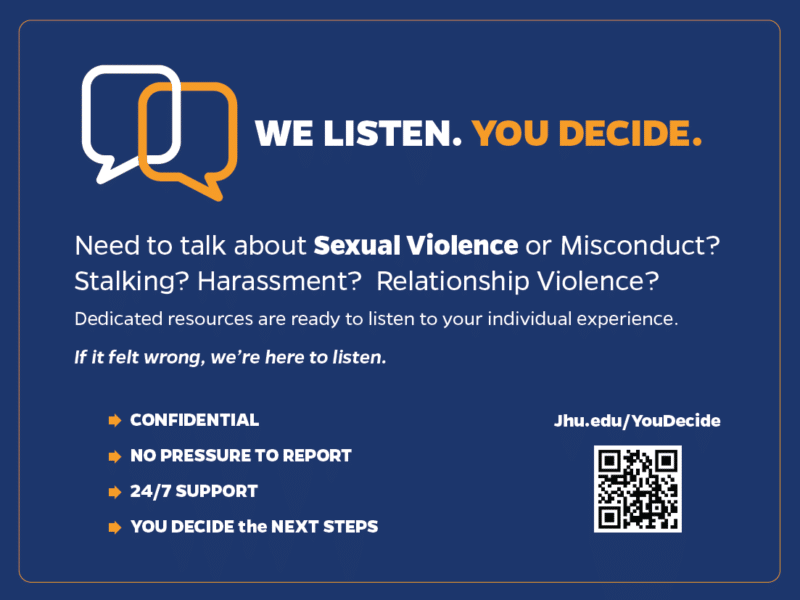Behavioral economics is a rapidly growing area of study rooted in psychology, economics and behavioral sciences. A driving force behind the growth of behavioral economics has been its recent application to behaviors that affect health.
The standard economic model assumes that people always make decisions and act based on rational thinking. However, most people know from their own experiences that this is not always the case. Research shows that people often make irrational choices, sometimes against their best interest.
The Johns Hopkins Center for Communication Programs (CCP) has more than 30 years of experience in strategic social and behavior change communication (SBCC) and has used behavioral economics (BE) concepts over the past decades to influence how and why people make choices that affect their own health and well being and that of their families and communities.
BE elements can add benefit in understanding how people think, decide and act when developing SBCC programs. Below are examples of CCP SBCC campaigns that illustrate the four core BE concepts.
Four Core Concepts and CCP Examples in Action
- Priming/Framing: Framing (and a corollary, priming) refers to characterizing a choice situation in a way that suggests how an audience should think about it. The frame that is introduced first primes the audience to think about the issue through that frame or lens rather than some other perspective.The language used to describe a set of choices can shape people’s decision-making. People make default (“gut” reaction, quick) decisions and can be more motivated by emotional messages with immediate benefit.
Project Example: Communication for Healthy Living’s Mabrouk campaign
Location: EgyptCommunication for Healthy Living (CHL) was an integrated health communication program in Egypt funded by the United States Agency for International Development (USAID) led by CCP in partnership with the Egyptian government. The project prioritized contraceptive use as a primary behavioral goal, but framed it within a cycle of family health behaviors, celebrating marriage (Mabrouk!—Congratulations!) as the entry point for the communication strategy.
The signature theme that branded all CHL messages and activities and primed an overarching healthy family mindset was “Sahetak…Sarwetak” (Your Health…is Your Wealth).
Within that larger frame, messaging focused on the benefits of the following lifestage behaviors:
- longer birth spacing results in better maternal and child health;
- immunization and breastfeeding improve the mental and physical development of infants;
- avoidance of secondhand smoke reduces cardiovascular disease and cancer risk, and so on.
CHL positioned each behavior as an informed choice that people make in order to protect their greatest asset—good health—a deeply held value that emerged strongly in pre-campaign formative research.
- Commitment devices/Reminders: These are items (like texts or SMSs) that remind us of a commitment we made. Behavioral economics posits that people make decisions automatically, by using mental shortcuts. Commitment devices and reminders can help decrease the cognitive burden required to sequence or complete a complex task. Pre-committing to a particular decision can help people align their actions with their preferences.
Project Example: Tanzania Capacity and Communication Project’s Wazazi Nipendeni SMS campaign
Location: TanzaniaWazazi Nipendeni (“Love me, Parents”) is a national safe motherhood social and behavior change communication (SBCC) campaign in Tanzania and part of the Tanzania Capacity and Communication Project (TCCP). TCCP was a USAID-funded project led by CCP in partnership with Media for Development International (MFDI) and the Tanzania Communication and Development Center (TCDC).
All Wazazi Nipendeni media encourages listeners and viewers to send a free text message to a dedicated short-message-service (SMS) number to receive more information on healthy pregnancy. A set of initial introductory questions allows users to register as pregnant women, mothers of newborns, birth supporters, or general information seekers, and establish the date of pregnancy or age of the newborn, where relevant. Users then receive information, tips, and reminders timed to the week/month of pregnancy or age of the baby. Subscribers receive an average 3-4 messages/week across a number of safe motherhood topic areas.
From November 2012 to the end of September 2016, a total of 1,507,828 users had enrolled in the service. Nearly 113 million text messages have been sent to registrants.
- Heuristics (Scripts): A heuristic is a mental script or guide that simplifies decision-making or judgments. These rule-of-thumb strategies shorten decision-making time and allow people to function without constantly stopping to think about their next course of action. One way that communication can affect heuristics is through modeling behavior so that people can have a mental image of how to do something without having to think about it.
Project Example: Suaahara’s Bhanchhin Aama campaign
Location: NepalThe Bhanchhin Aama (“Mother says”) communication platform integrated social and behavior change communication (SBCC) messages and activities about nutrition with hygiene/sanitation, agriculture and health services promotion at all levels. The campaign was part of Suaahara, a USAID-funded integrated nutrition project led by Save the Children and supported by CCP.
The campaign was centered on the positive mother-in-law ‘Bhanchhin Aama’ who modeled how to be a supportive mother-in-law in a way that was credible, authentic and persuasive. She showed new ‘scripts’ of how to have positive conversations with daughters-in-law on issues that had formerly been less common. Mothers-in-law were inspired to become more like the Bhanchhin Aama.
Exposure to all program activities (vs. no exposure) had a 2.5 times greater likelihood of receiving support from one’s husband or other family member for work often assigned to women.
- Behavioral Defaults: Behavioral defaults refers to what some research calls a “nudge,” a simple change in a situation that makes one choice more likely than another.A default is the option an individual will receive if he or she does not make an active choice. In behavioral economics, the default is often something that an external entity such as a government agency or company has implemented in order to maximize (optimally) the welfare of the group. The system is setup so that the person will automatically receive the default unless they ‘opt out’. For example, countries, whose default is that people will be organ donors, though they can ‘opt out’, have much higher rates of organ donation than other countries.
Project Example: MyChoice
Location: IndonesiaMyChoice is a four-year Bill & Melinda Gates Foundation-funded project in Indonesia led by CCP with partners Jhpiego and JSI.
One of MyChoice’s key objectives is to increase the number of clients who adopt family planning after childbirth by improving facility readiness to provide contraceptive methods. MyChoice worked closely with the Indonesian national family planning board, BKKBN, to develop Balanced Counseling Strategy plus postpartum family planning (BCS+PPFP).
BCS+PPFP is an opt-out family planning counseling for postpartum uptake provided to clients delivering in 44 facilities across four provinces. It uses a client-centered design, wherein the provider uses counseling cards and initiates the counseling by asking the client or couple questions about their fertility desires and breastfeeding intentions. Based on the client or couple’s responses, the provider explains the family planning methods that best meet their needs before discharge from the postpartum ward.
Between August and October 2016, more than half of women who received BCS+PPFP adopted postpartum family planning prior to discharge, an increase from previous months.
Conclusion
SBCC professionals worldwide have used these concepts over the past decades to influence how and why people make choices which affect their own health and well being and that of their families and communities. As the field of behavioral economics grows, these specialists will benefit from the latest research and future findings to public health campaigns. Stay connected to CCP’s work by signing up to our mailing list here.
This post was written by Caroline Jacoby, Tina Dickenson, Alice Payne Merritt and Susan Leibtag.






